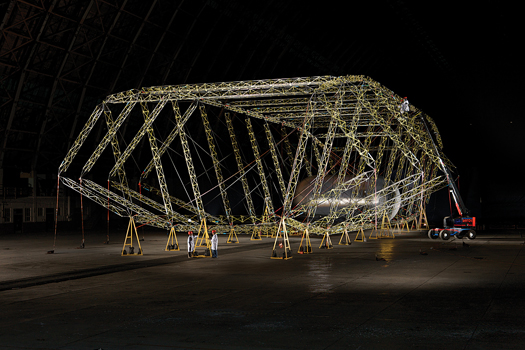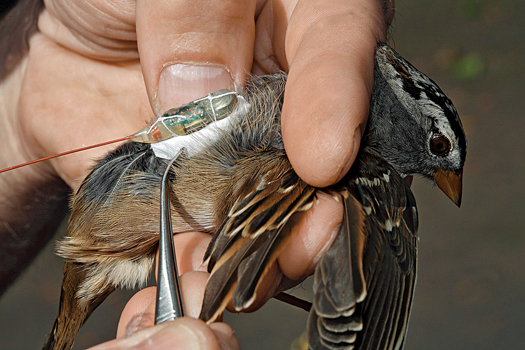

A whirring comes across the sky. From 20,000 feet above the Mexican border or Afghanistan’s Korengal Valley, a vehicle as long as the Chrysler building is tall drifts into the stratosphere. It looms like a cloud and stays put for 21 days, scanning for body heat below. These blimps are lighter than air, fuel-efficient and quiet—which is why they could become the military’s go-to vehicles for surveillance and transport.
Click to launch the photo gallery.










